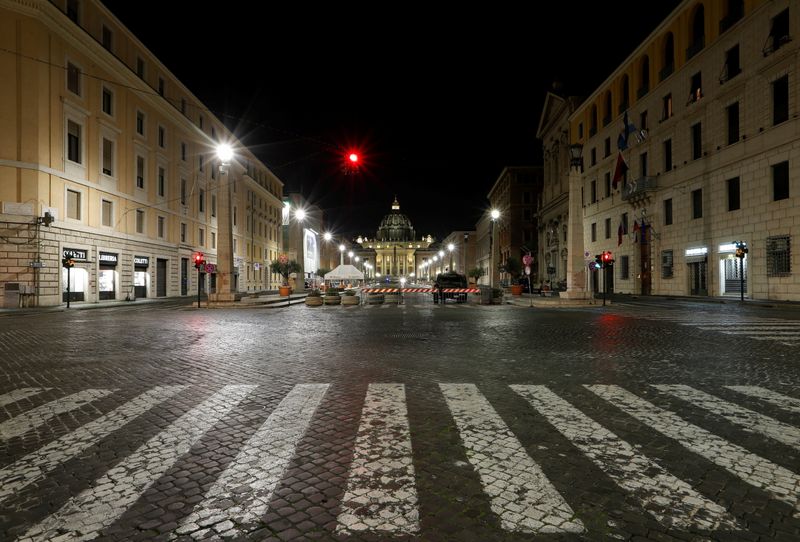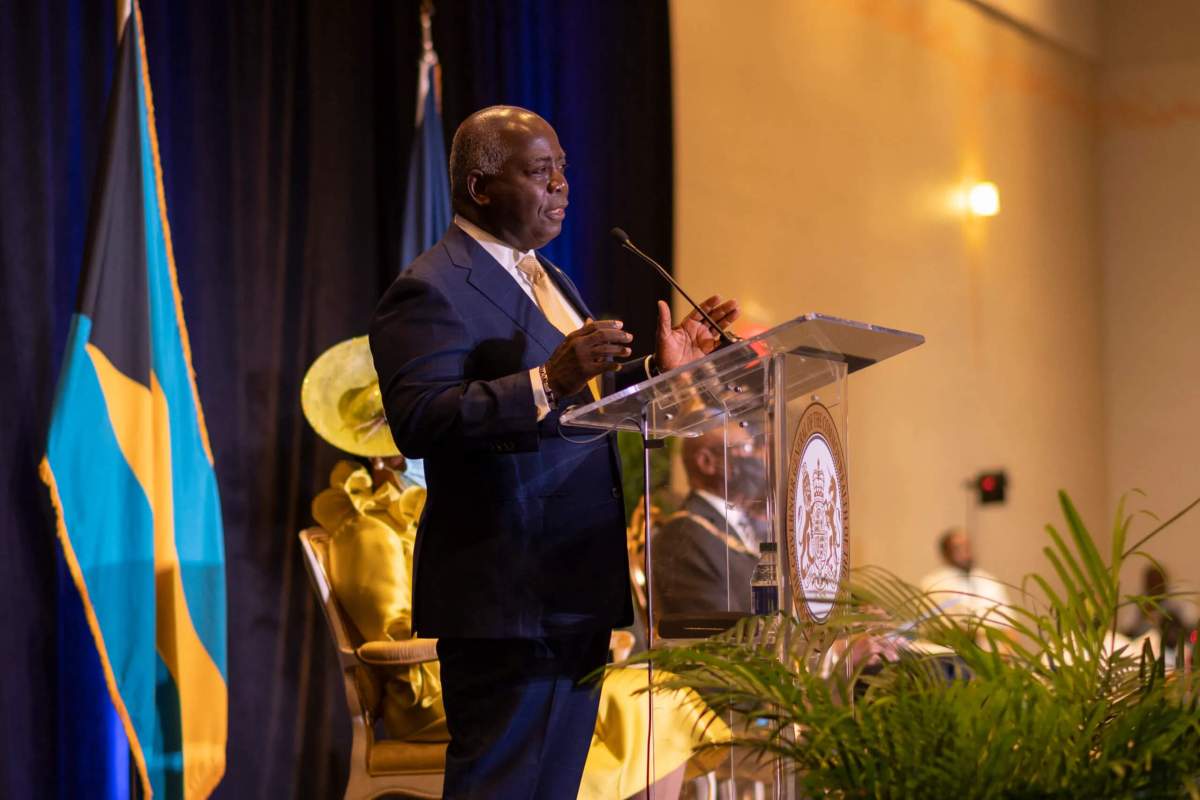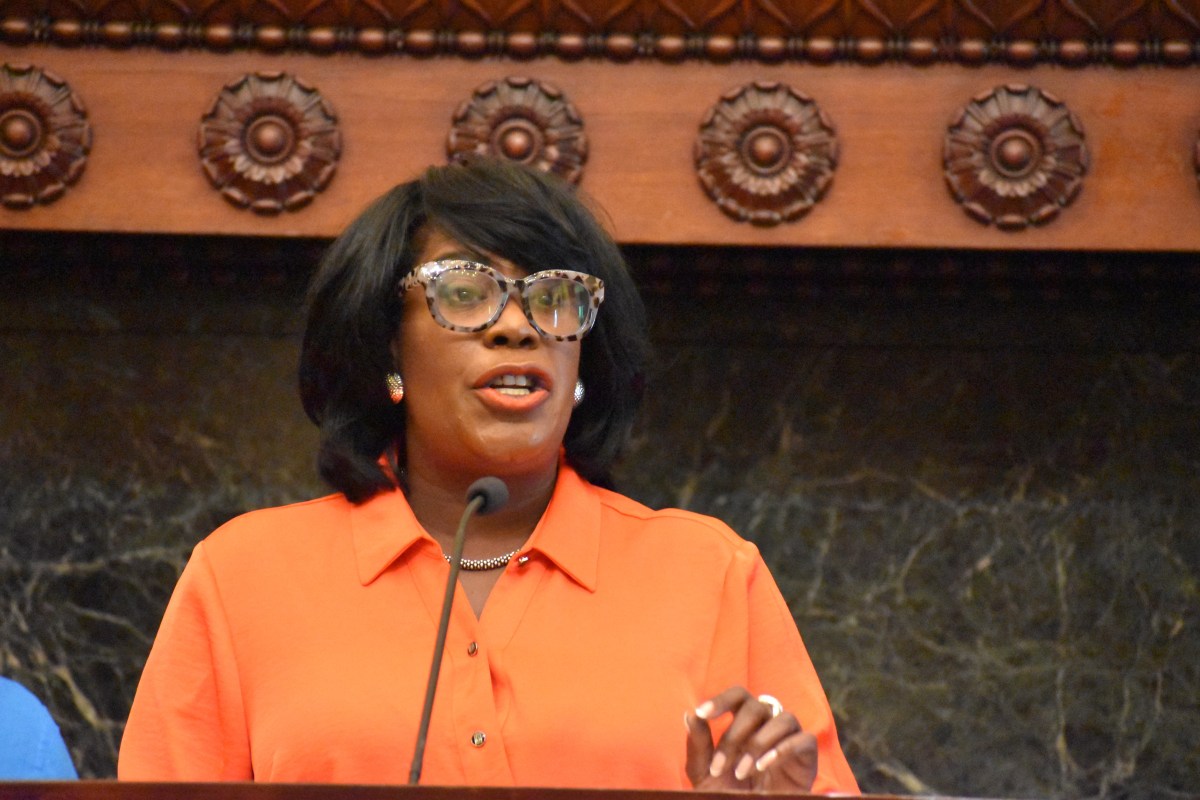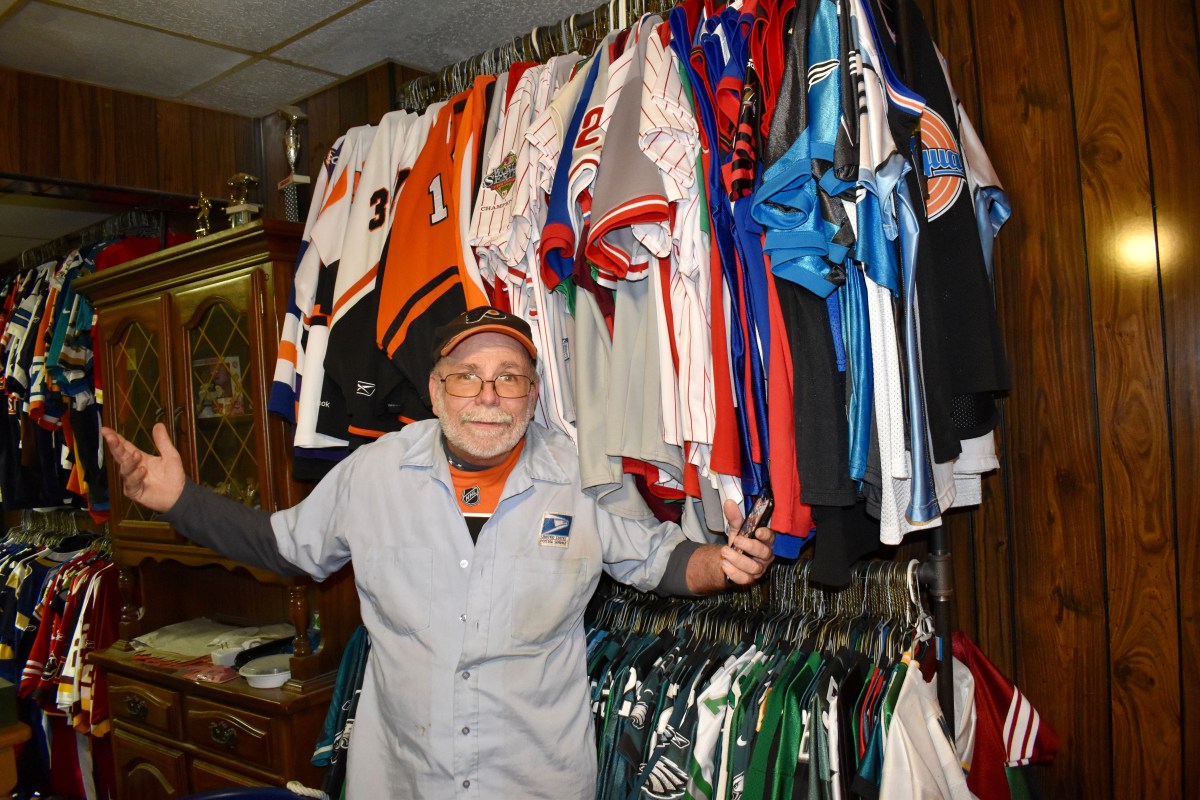MILAN/ROME (Reuters) – Italy won plaudits for its discipline and unity in fighting the Western world’s first coronavirus outbreak in the spring, but that sense of common purpose is unravelling in the face of the second wave.
Despite a surge in infections and deaths, Italians who stoically accepted a blanket national lockdown in March are now less willing to respect far less rigid restrictions, egged on by local politicians at odds with the government in Rome.
Italy last week became the sixth country in the world to surpass 40,000 COVID-19 fatalities. Prime Minister Giuseppe Conte has progressively tightened measures to try to stem the trend, calibrating them around the country according to local infection rates, but so far with little success.
The industrial northern regions of Lombardy and Piedmont have been hit by the most stringent curbs, with bars, restaurants and most shops and services closed, and an order to stay at home other than for work and essential needs.
Yet a stroll around Lombardy’s capital Milan when the norms came into force on Friday showed many people flouting them, with lines of striking taxi drivers and people sipping their morning coffees in front of open cafes.
“In March I lost my dad to COVID but I am not afraid of the virus for me or my loved ones now, I am much more afraid for my company,” says 46-year-old Tiziana Sette, who has had to close down the gym she runs in Milan for the second time this year.
Sette says she has received none of the grants the government promised to businesses hit by the lockdowns and is worried that even when she is allowed to reopen she will never regain the number of customers needed to stay in business.
PROTESTS
Unlike in the spring, the latest measures imposed by Conte have met frequent protests in cities around the country, where modest numbers of sometimes violent demonstrators have let off firecrackers and clashed with police.
Similar protests have been seen in France, Spain and other European countries hammered by soaring infections and tough lockdown measures.
Italy was Europe’s most sluggish economy even before COVID-19 hit, and the latest closures leave its official forecast of a 9% drop in output this year looking optimistic.
Despite a government-imposed freeze on dismissals, some 330,000 jobs were lost between February – when Italy’ outbreak began – and September, according to statistics bureau ISTAT.
“I’m more angry than worried about the coronavirus,” says Guido Bonvicini, a 55-year old mountain guide from the northern city of Brescia. “This second lockdown blocks all my planning, it blocks the winter and all work prospects until summer 2021.”
Bonvincini, like many Italians, blames Rome and Italy’s 20 regional governments for failing to set up adequate testing and prevention measures to control a second wave.
“Instead they have again turned on us, the citizens,” he said.
Factories remain open to prevent total economic meltdown, offering relief for the industrial north but widening the wealth gap with the poor south, which got by mainly on bars, restaurants and other services now forced to shut.
The south, where millions work in the informal economy, has also missed out on many government support measures available to legally operating firms with regular payroll employees, such as furlough schemes, grants and tax relief.
“SLAP IN THE FACE”
Italy has also seen friction between national and local governments. The latter lurch between accusing Rome of being too lax or too tough, of imposing decisions from above or passing the buck when it delegates them to regional authorities.
“This is a slap in the face to Lombardy,” said its governor Attilio Fontana after Conte’s latest restrictions, even though his region is the hardest hit by the virus in the second wave, just as it was in the first.
Fontana is from the right-wing League party, whose leader Matteo Salvini and other opposition politicians are pouncing on
opinion polls showing support for Conte starting to fray as Italians grow weary at yet more economic hardship.
“It’s time for us to start all pulling in the same direction instead of trying to make political gain out of the virus, otherwise we’re heading for disaster,” says Massimo Galli, one of the country’s most prominent virologists.
Galli, head of infectious diseases at Milan’s Sacco hospital, says Italians worried about their economic survival no longer want to hear from experts about the dangers of the virus.
“There’s no doubt that for a part of public opinion we have gone from being seen as heroes to doom-mongers,” he said.
(Additional reporting by Francesca Landini in Milan, Leigh Thomas in Paris and Jessica Jones in Madrid, writing by Gavin Jones; Editing by Angus MacSwan)























